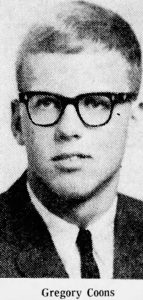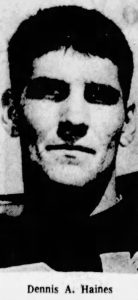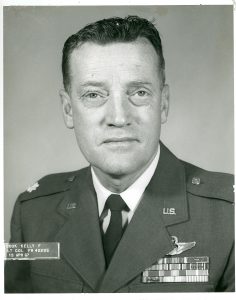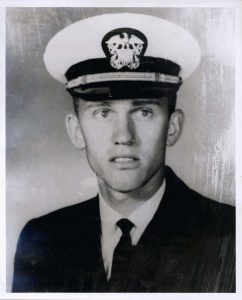Robert Glenn Shove, age 21, from Sioux City, Iowa, Woodbury county.
Parents: Ruth Poole
Service era: World War II
Date of death: Wednesday, October 27, 1943
Death details: Following the Allied surrender on the Bataan Peninsula on April 9, 1942, the Japanese began the forcible transfer of American and Filipino prisoners of war to various prison camps in central Luzon, at the northern end of the Philippines. The largest of these camps was the notorious Cabanatuan Prison Camp. At its peak, Cabanatuan held approximately 8,000 American and Filipino prisoners of war that were captured during and after the Fall of Bataan. Camp overcrowding worsened with the arrival of Allied prisoners who had surrendered from Corregidor on May 6, 1942. Conditions at the camp were poor, with food and water extremely limited, leading to widespread malnutrition and outbreaks of malaria and dysentery. By the time the camp was liberated in early 1945, approximately 2,800 Americans had died at Cabanatuan. Prisoners were forced to bury the dead in makeshift communal graves, often completed without records or markers. As a result, identifying and recovering remains interred at Cabanatuan was difficult in the years after the war. Fireman First Class Robert G. Shove, who joined the U.S. Navy from Iowa, served aboard the submarine tender USS Canopus (AS-9), which was based in the Philippines during World War II. He was captured on Corregidor Island following the Allied surrender and was taken to the Cabanatuan Prison Camp, where he died of tuberculosis on October 27, 1943, and was buried in an isolated grave in the camp cemetery. After the war, his remains could not be identified among those disinterred from Cabanatuan. Today, Fireman First Class Shove is memorialized on the Walls of the Missing at the Manila American Cemetery in the Philippines.
Source: National Archives, Defense POW/MIA Accounting Agency





